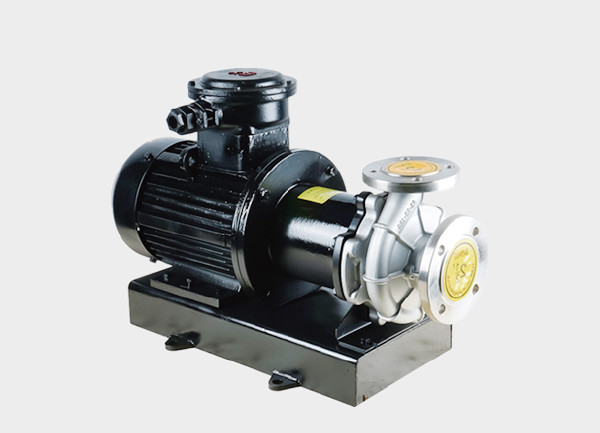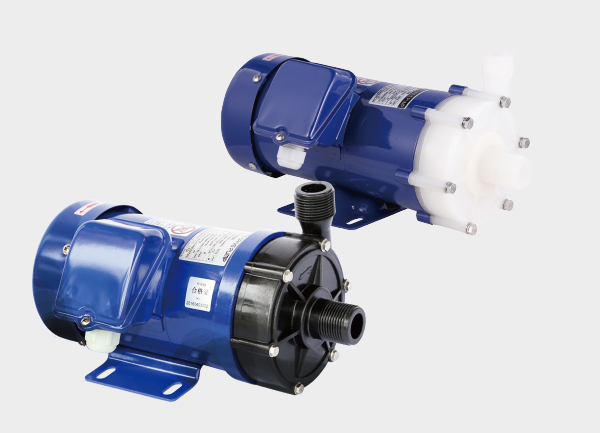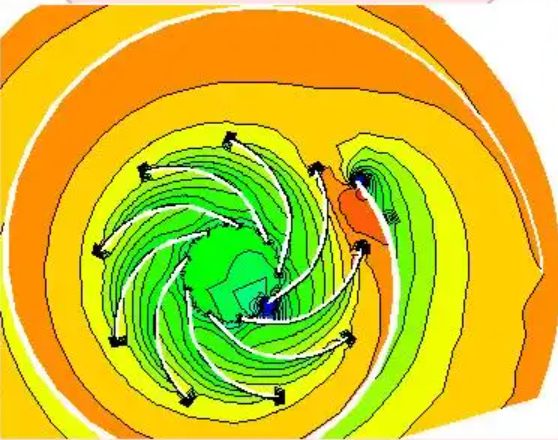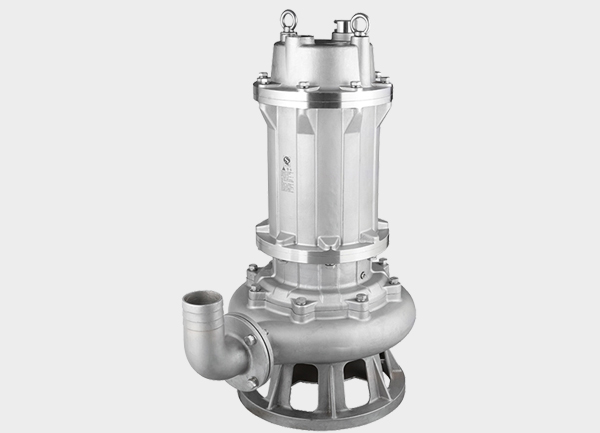Magnetic drive chemical pumps (commonly called “mag drive pumps”) differ fundamentally from traditional chemical pumps (typically mechanical seal pumps) in how power is transmitted and how sealing is achieved.
These differences directly impact leakage risk, maintenance cost, energy efficiency, and application suitability.
Below is a detailed comparison based on working principles, key differences, and application scenarios.
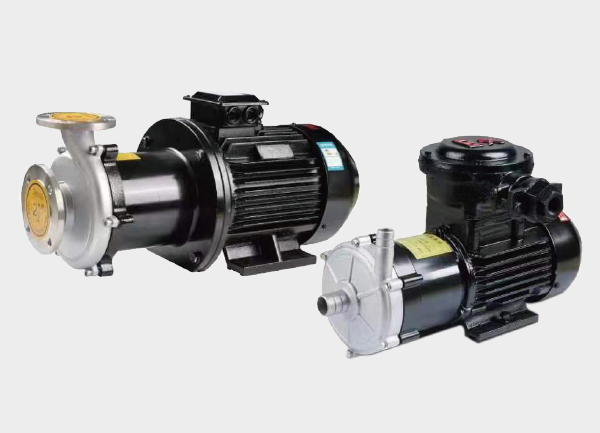
I. Core Principle: How Is Power Transmitted?
To understand the distinction, it’s essential to see how each pump transfers motor power to the impeller, which drives the fluid.
1. Traditional Mechanical Seal Pump: “Direct Contact” Transmission
Power Path: Motor shaft → Coupling → Pump shaft → Impeller
(The motor and pump shaft are mechanically connected and rotate together.)Sealing Method:
Since the shaft passes through the pump casing, a mechanical seal (composed of moving and stationary rings, plus a spring) prevents leakage.
The tight contact between the seal faces blocks the medium from escaping through the shaft gap.
However, wear, vibration, or corrosion can easily damage these seals over time.
2. Magnetic Drive Chemical Pump: “Non-Contact” Magnetic Coupling
Power Path: Motor shaft → Outer magnetic rotor → Magnetic field → Inner magnetic rotor → Impeller
(The inner and outer rotors are magnetically coupled with no physical contact.)Sealing Method:
The entire pump chamber is hermetically sealed — the inner rotor and impeller are enclosed inside the casing, separated from the outer rotor by a non-magnetic containment shell (made of stainless steel or ceramics).
Because there is no shaft penetration, the pump completely eliminates potential leakage paths.
II. Seven Key Comparison Dimensions
| Comparison Dimension | Traditional Mechanical Seal Pump | Magnetic Drive Chemical Pump |
|---|---|---|
| Leakage Risk | High — mechanical seals wear out, corrode, or fail, especially under toxic or flammable conditions. | Extremely low (near zero) — no shaft seal; only possible leakage is if the containment shell cracks, which is rare. |
| Power Transmission Efficiency | High (≈95%–98%) — minimal loss from friction. | Slightly lower (≈85%–92%) — due to magnetic hysteresis and eddy current losses within the containment shell. |
| Suitable Media | Ordinary liquids (water, oils, solvents) with low safety demands. Not ideal for toxic, corrosive, or explosive fluids. | Ideal for hazardous, corrosive, flammable, or valuable chemicals (e.g., acids, methanol, chlorides). |
| Maintenance Cost & Frequency | High — seals are consumables (3–12 months lifespan). Requires frequent replacement and downtime. | Low — no seals, few wear parts. Magnetic components last 3–5 years with minimal servicing. |
| Temperature / Pressure Tolerance | Excellent — can handle up to 400 °C and 10 MPa with upgraded seal materials. | Moderate — standard magnets demagnetize above 150 °C (high-temp versions up to 250 °C); high pressure requires thicker shells. |
| Dry-Run Resistance | Fair — brief dry running causes seal wear or failure. | Poor — without liquid cooling, heat from eddy currents can deform the containment shell or demagnetize magnets. Dry running is strictly prohibited. |
| Initial Cost | Lower — simple structure and inexpensive seals (≈50–70% of mag drive pump cost). | Higher — uses high-grade magnets and precision components (≈1.5–3× the cost of mechanical seal pumps). |
III. Application Scenarios: Which Pump to Choose?
1. When to Choose Magnetic Drive Chemical Pumps
For hazardous media: Toxic, corrosive, or flammable liquids (cyanides, acids, solvents, etc.).
When zero leakage is mandatory: Pharmaceutical and semiconductor industries where purity or contamination control is critical.
For long-term, low-maintenance operations: Remote sites, continuous process systems, or unattended installations.
2. When to Choose Traditional Mechanical Seal Pumps
For non-hazardous media: Cooling water, lubricating oil, or other non-toxic liquids.
For high-temperature or high-pressure applications: Thermal oil systems (>300 °C) or pressurized fluid transport (>5 MPa).
For unstable or intermittent conditions: Processes with potential dry running or vapor formation.
For cost-sensitive operations: Small-scale or temporary systems where leakage risk is minimal.
IV. Summary
In short:
Magnetic drive chemical pumps prioritize safety and long-term reliability, eliminating leakage and reducing maintenance — ideal for hazardous, corrosive, or high-purity environments.
Traditional mechanical seal pumps emphasize cost efficiency and adaptability, offering broader temperature and pressure tolerance but requiring frequent seal maintenance.
There is no absolute superiority — the best choice depends on the medium characteristics, process conditions, and safety requirements.



